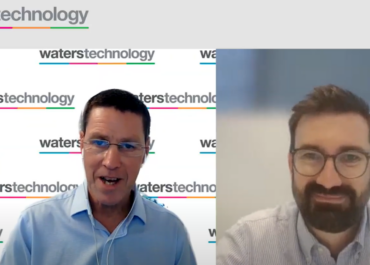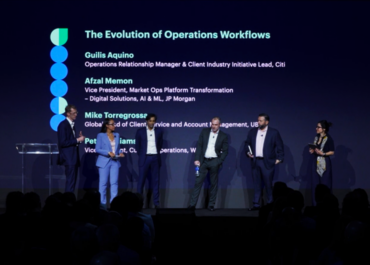
Markets To Mars: How Quantum Will Change the Fabric of Finance Forever
At Symphony, we are actively preparing for the quantum era – not as a theoretical exercise but as a necessity. Quantum computing will destabilize and may invalidate many foundations of business, including current encryption methods. It will also accelerate AI to unimaginable speeds. As a result, all professional fields are going to be forced to evolve, at scale.








